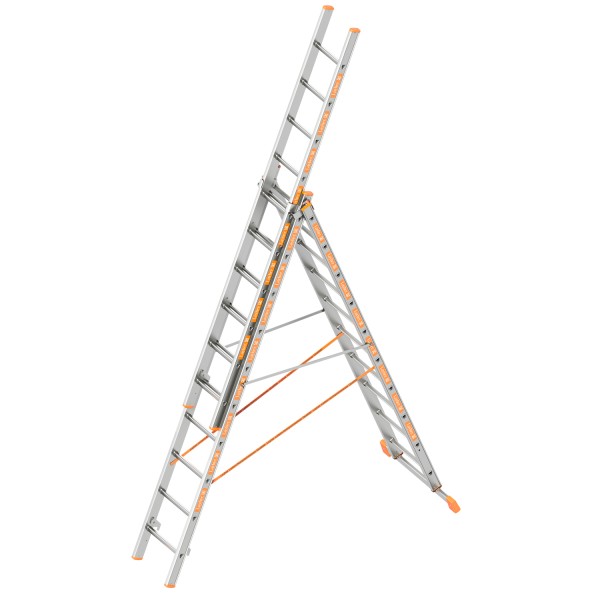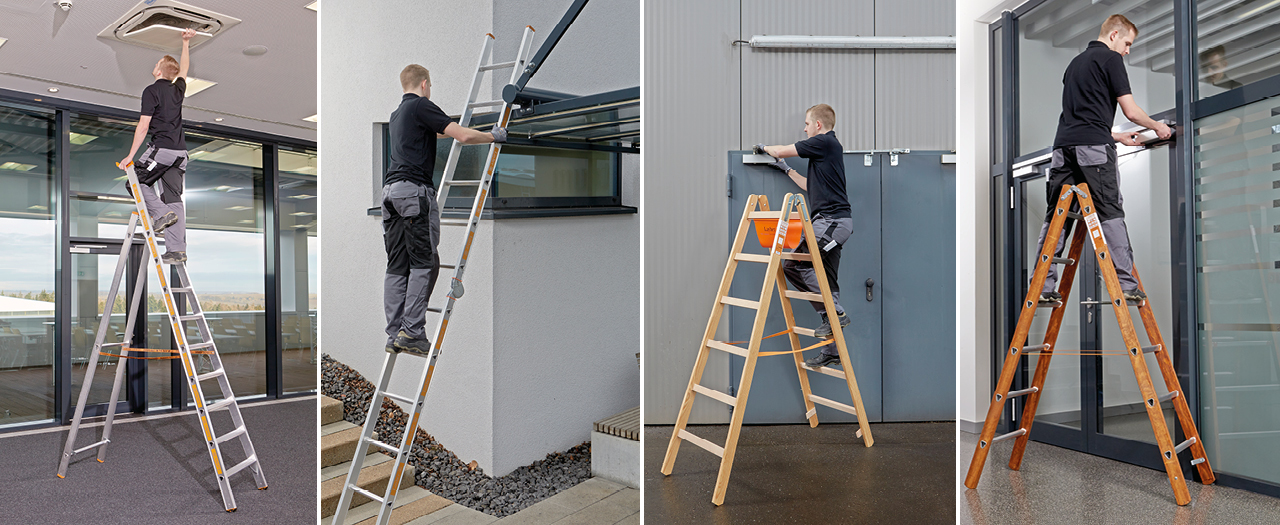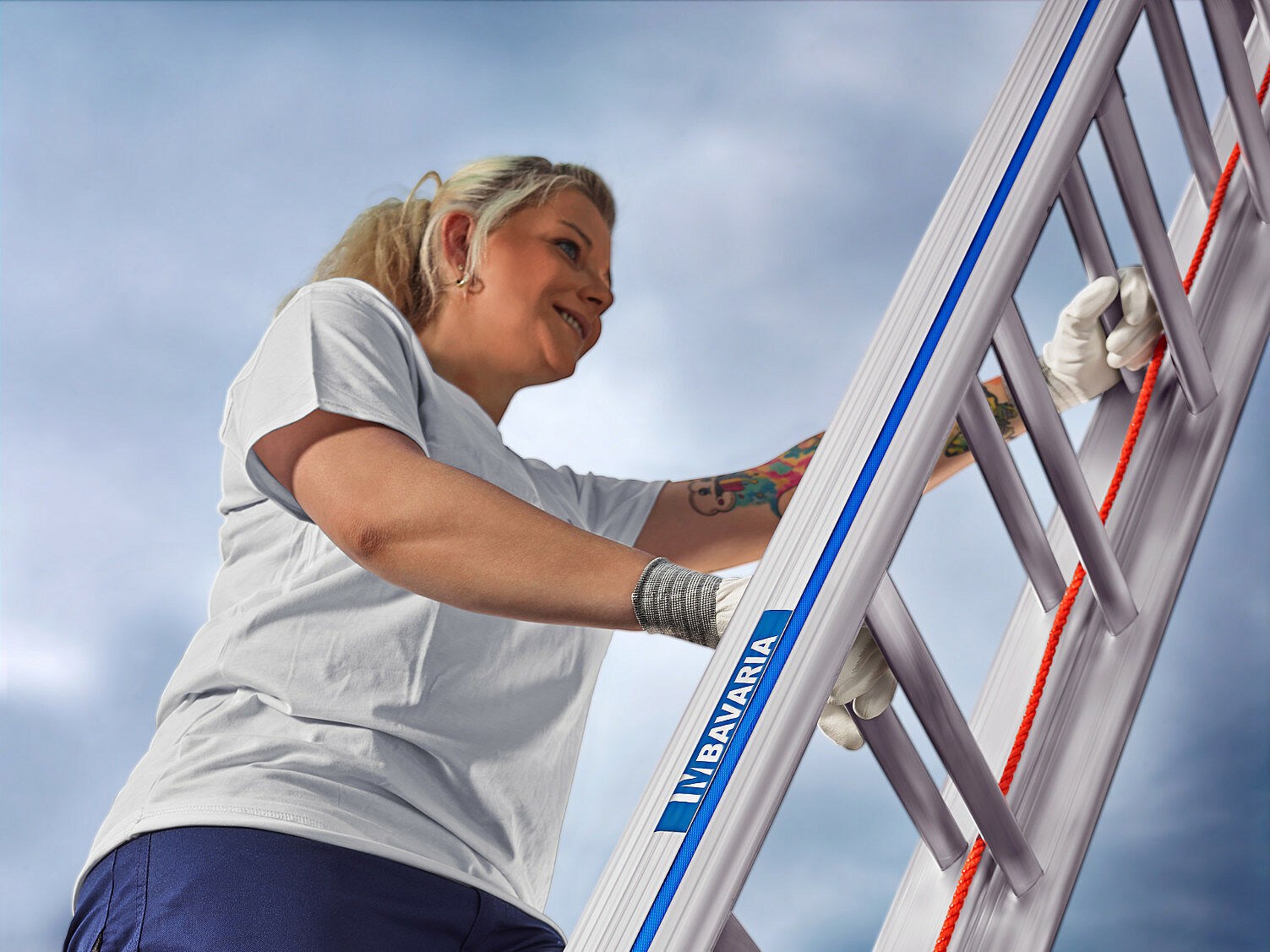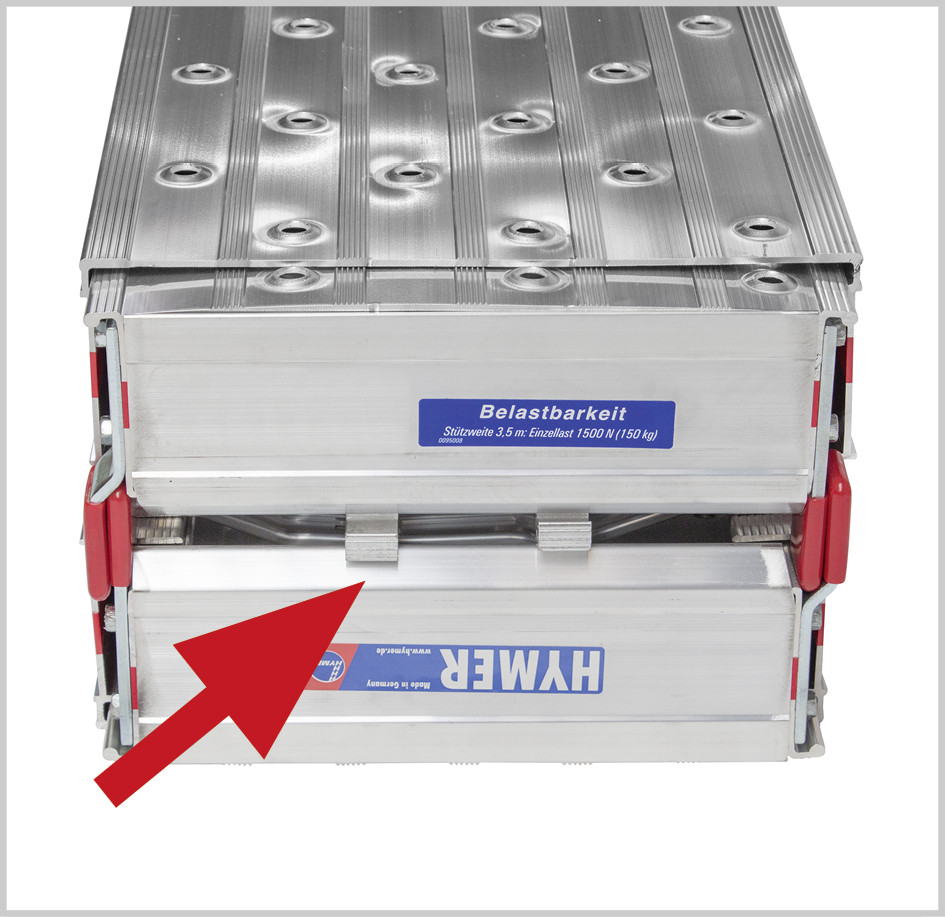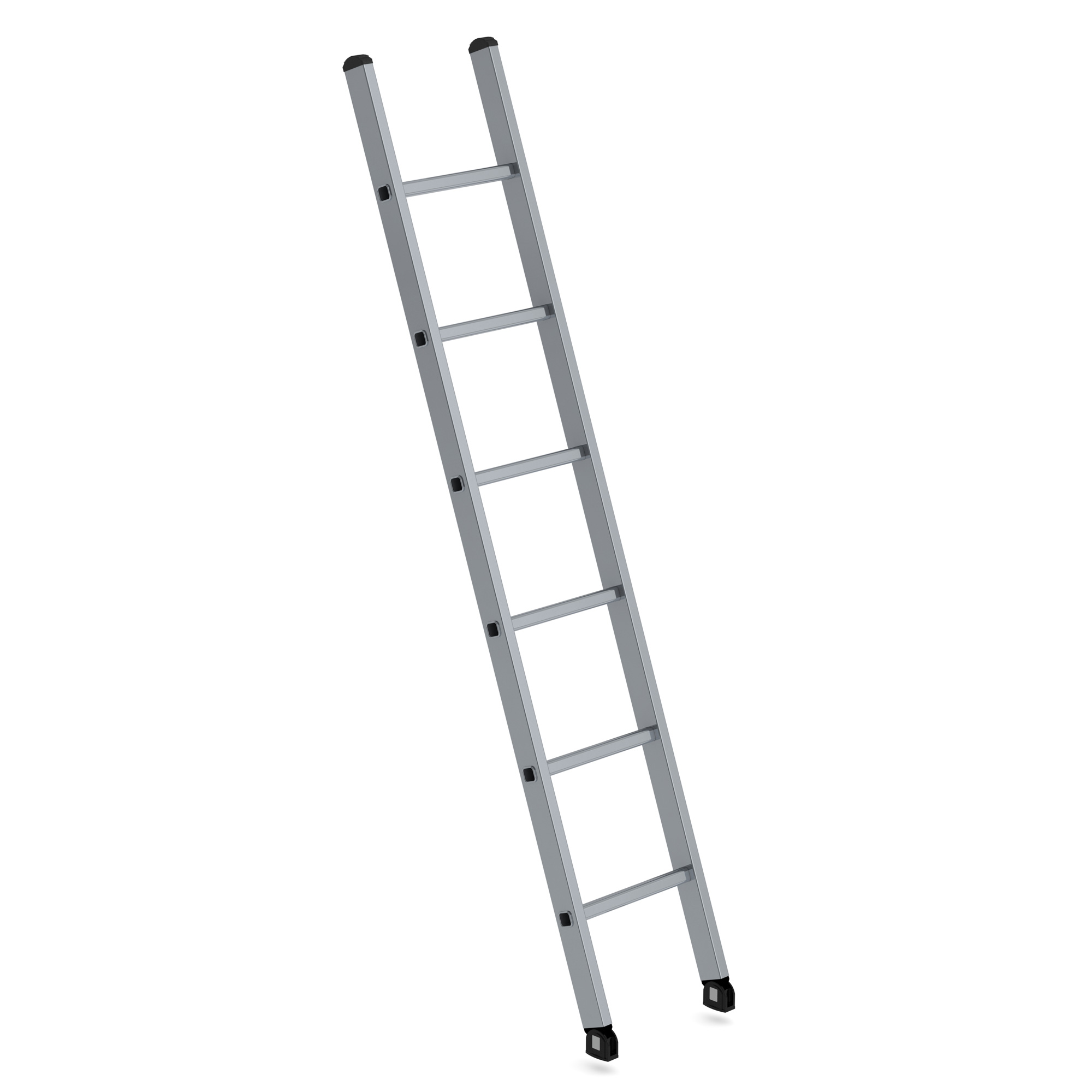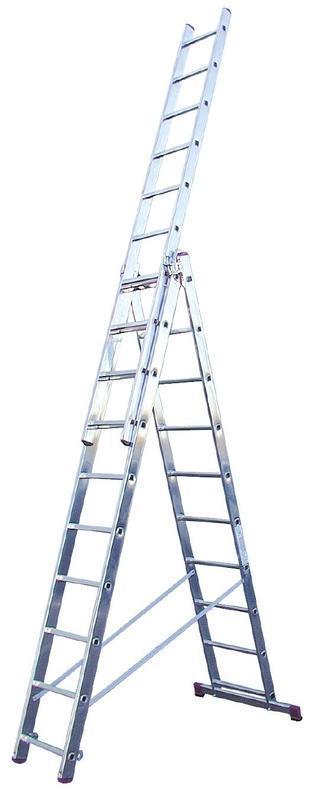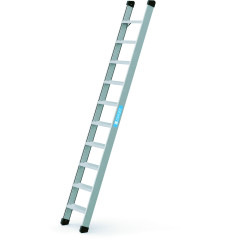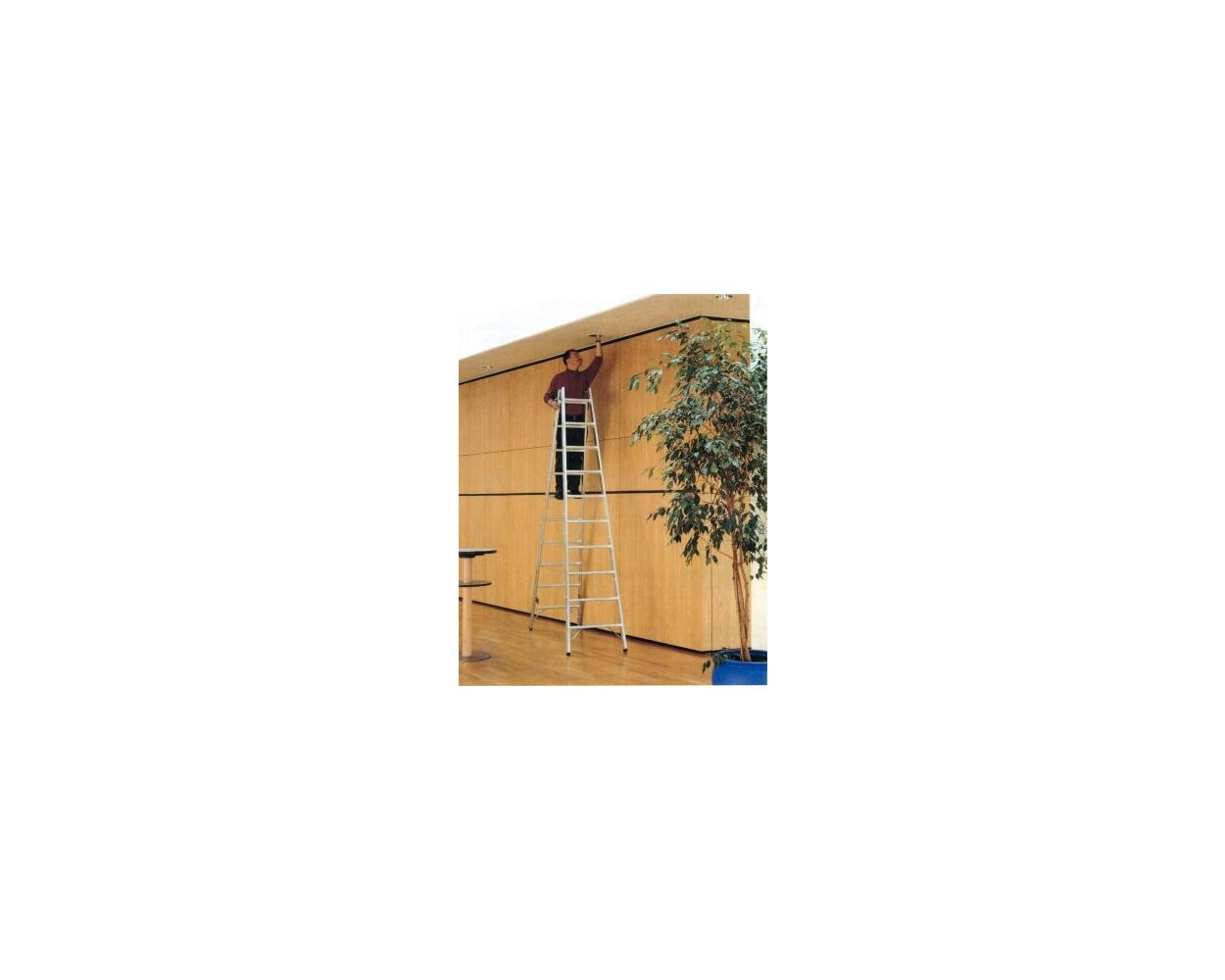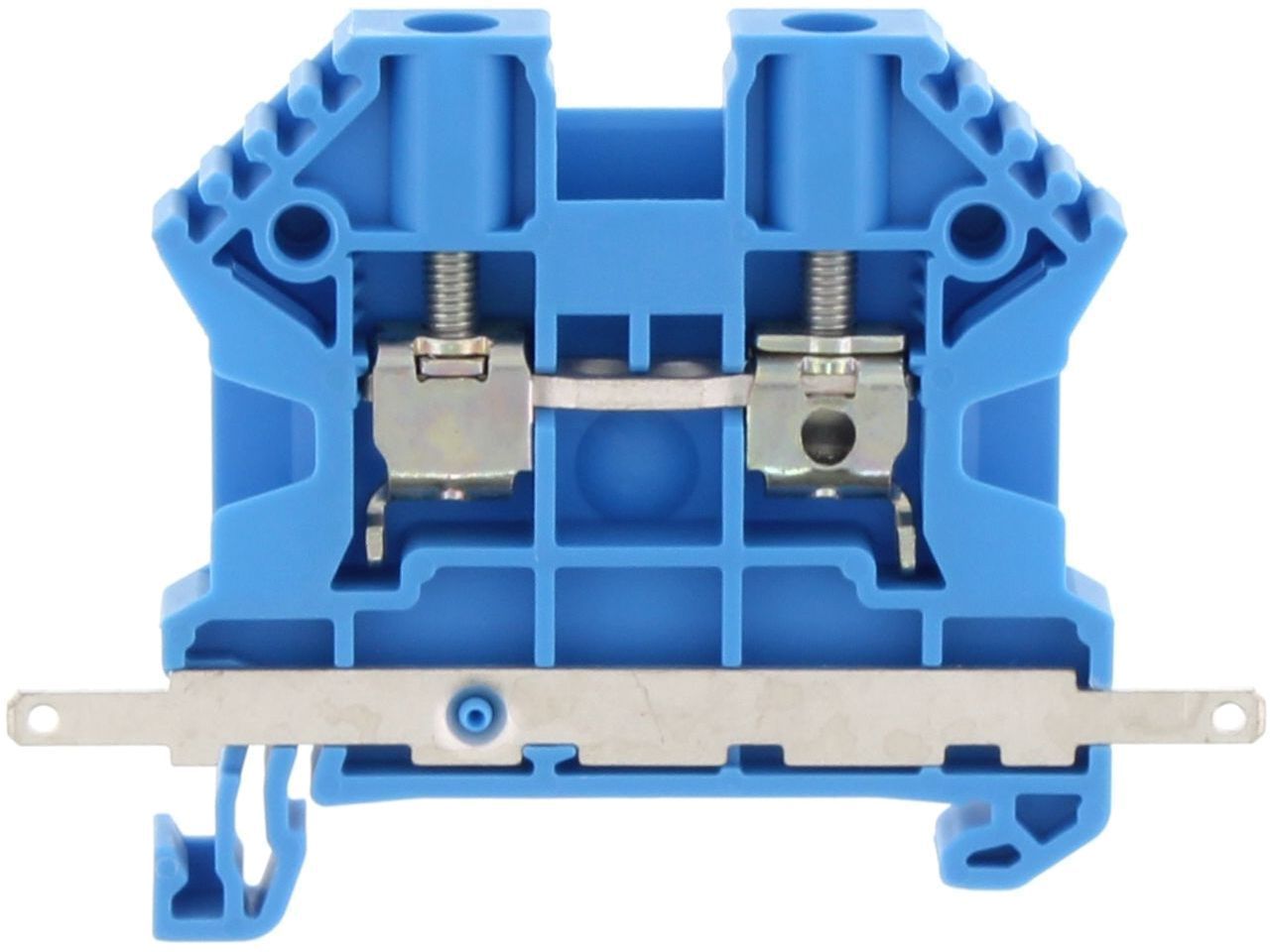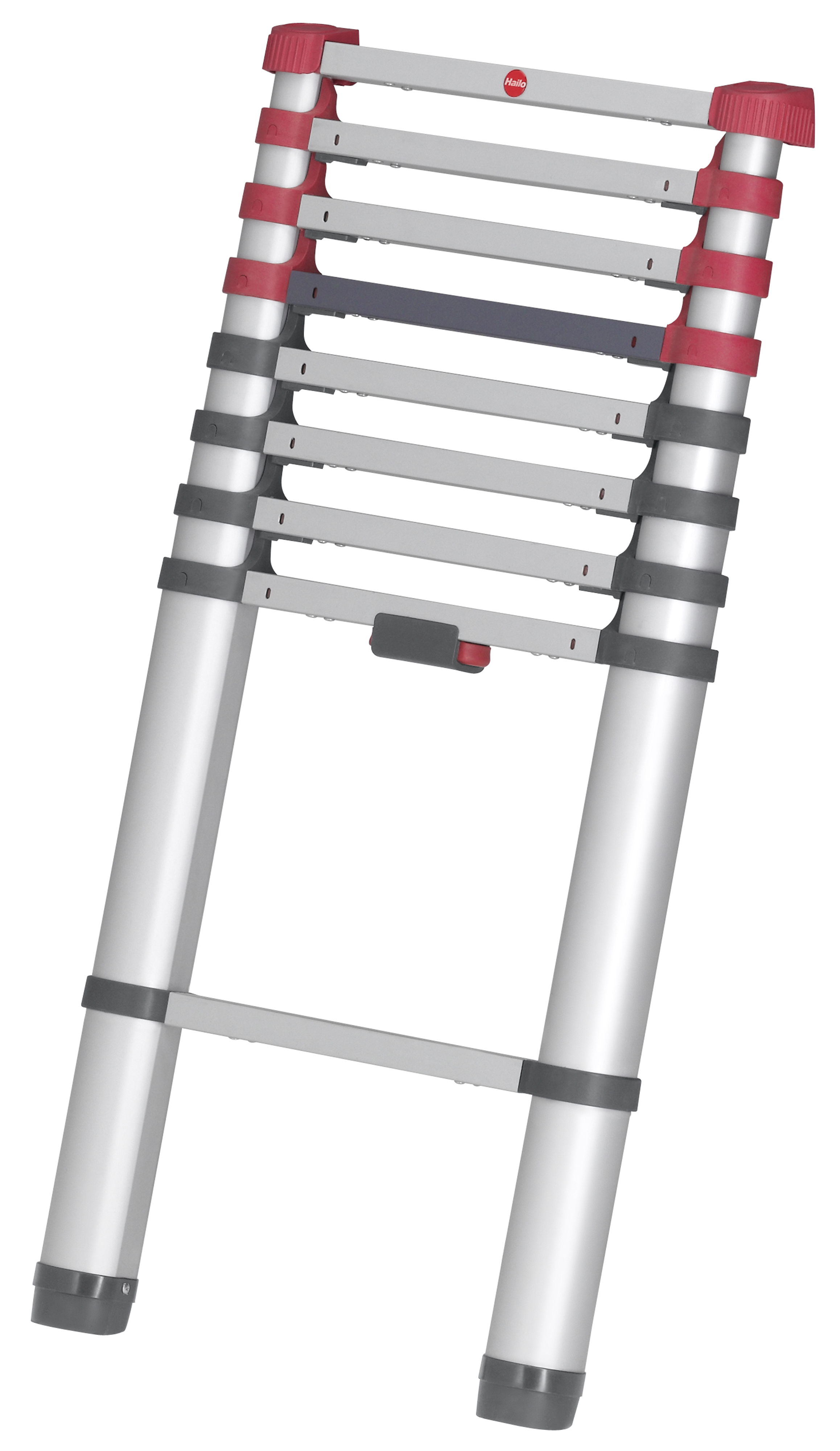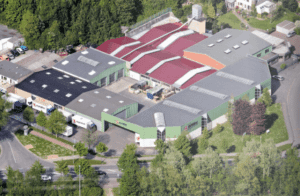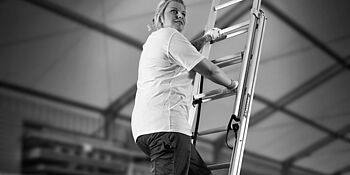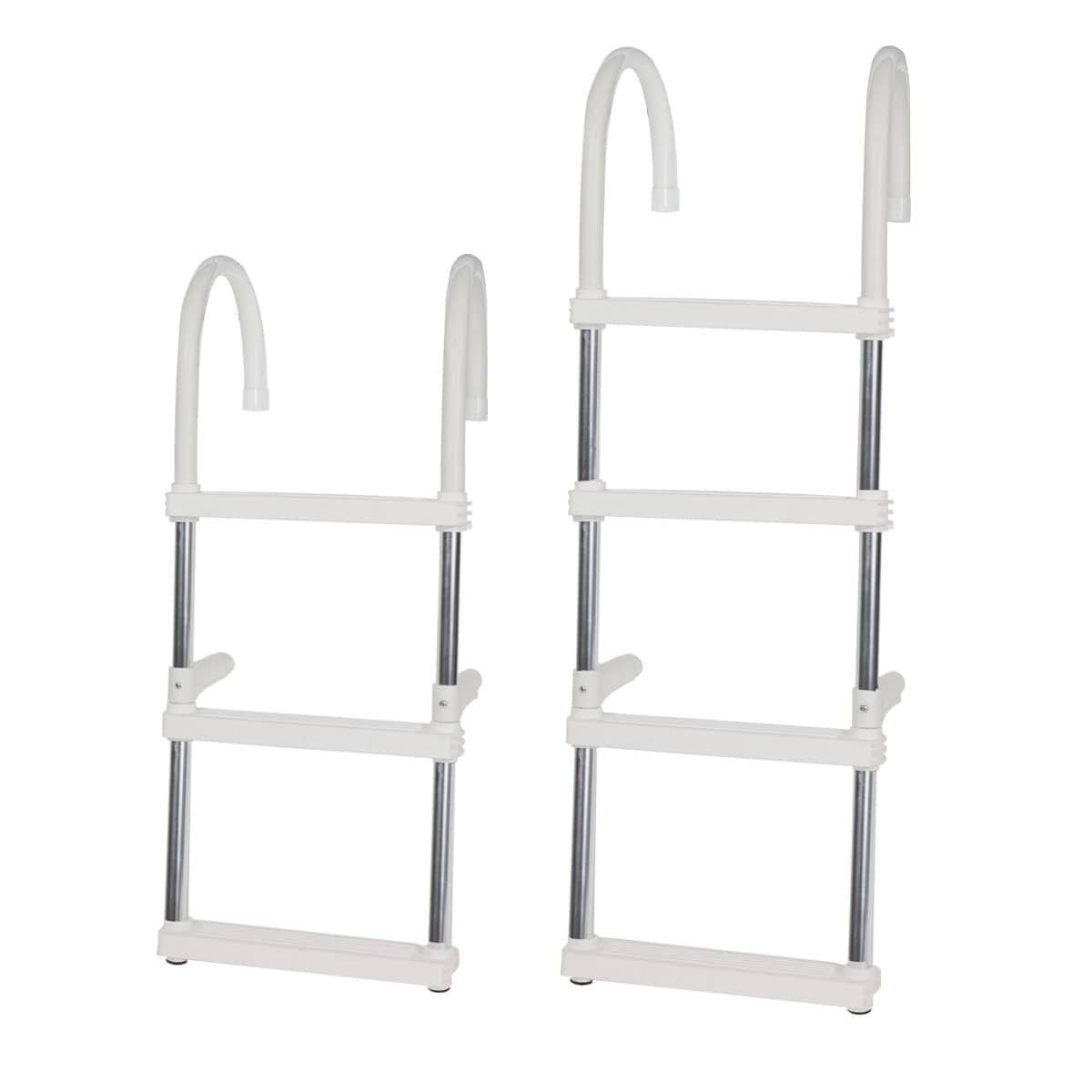
Aluminium ladders - Ladders, podiums, bridges, platforms, scaffolding, and many other aluminium products

Layher 1058024 Teleskopleiter Topic 4x6 Sprossen, Aluminiumleiter klappbar und universell einsetzbar, Länge 6.42 m : Amazon.de: Baumarkt

Hailo ProfiStep multi Grundelement Aluminium-Leitern-Gerüst 9476-001 4007126947512 ToolTeam T-103829

Layher 1037016 Rope-Operated Ladder Two Section Extension Ladder 2 x 16 Rungs Aluminium Topic 8.20 metres : Amazon.de: DIY & Tools
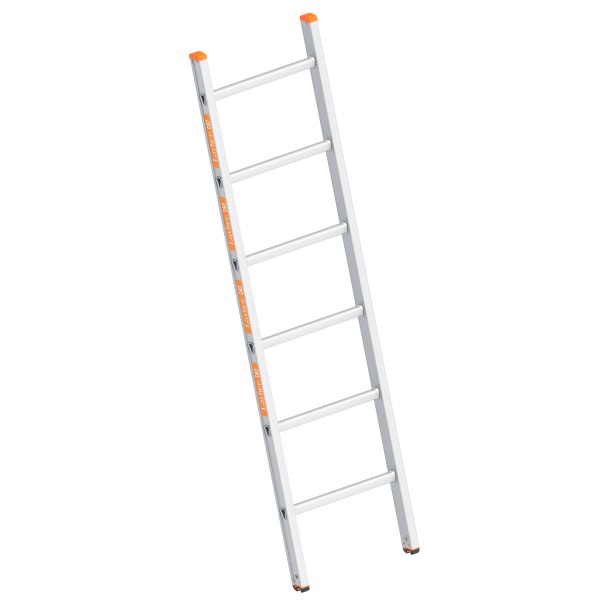
TOPIC 1054 Alu Layher Anlegeleiter 1,85 m, 6 Sprossen Rutschhemmende Kunststoffschuhe | Anlegeleitern | Aluminiumleitern | Leitern | clickandtools.de

Hailo ProfiStep multi Grundelement Aluminium-Leitern-Gerüst 9476-001 4007126947512 ToolTeam T-103829

Lightweight 2 Step Ladder, 82cm High, Aluminium Step Ladder, Portable Folding Ladder, Small, Compact and Functional : Amazon.de: DIY & Tools
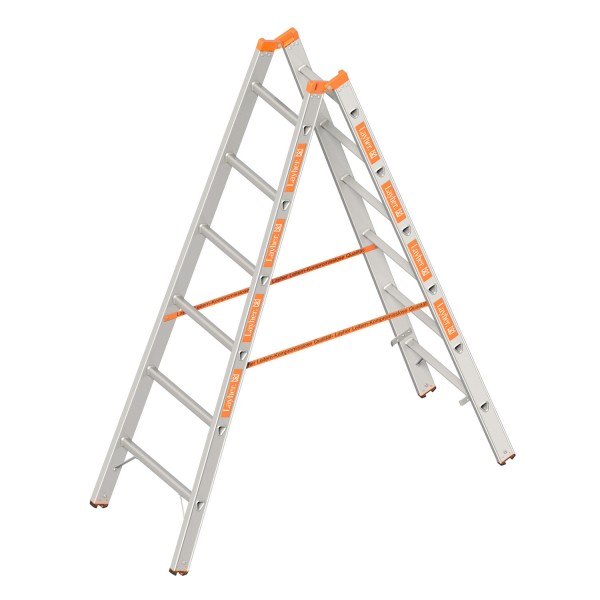
TOPIC 1039 Alu Layher Stehleiter zweiteilig, 2x 6 Dreikant-Sprossen 1,80 m | Stehleitern | Aluminiumleitern | Leitern | clickandtools.de

WS · SYSTEM 4x Leiterfüße aus Gummi in 58 x 20 mm – 2 Paar rutschfeste Ersatz-Traversenfußkappen für Aluminiumleitern – stabiles Antirutschgummi als Leiterzubehör zum Aufstecken : Amazon.de: Baumarkt
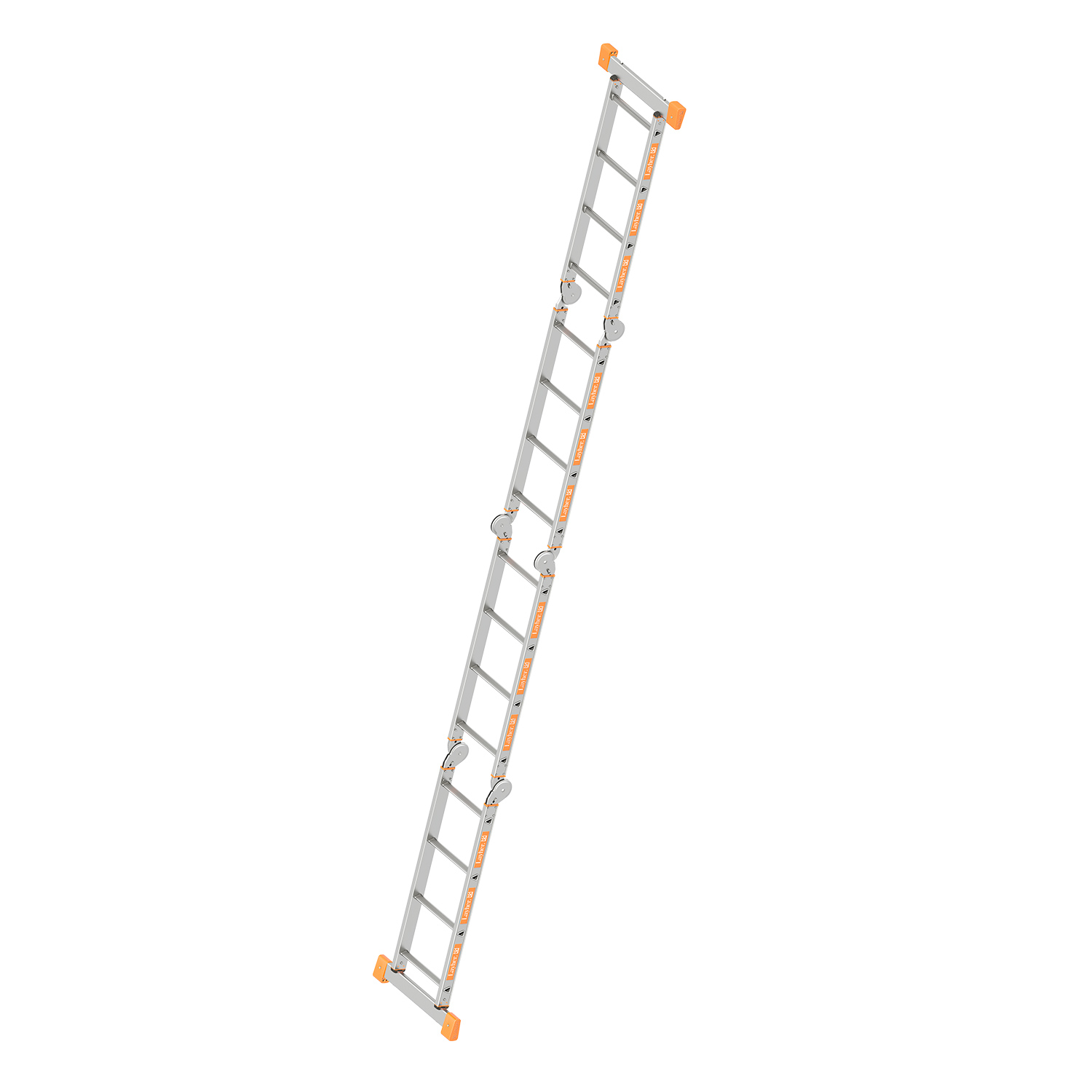
TOPIC 1057 Alu Layher Kofferraumleiter 3,34 m, 4x 4 Viekant-Sprossen | Kofferraumleitern | Aluminiumleitern | Leitern | clickandtools.de
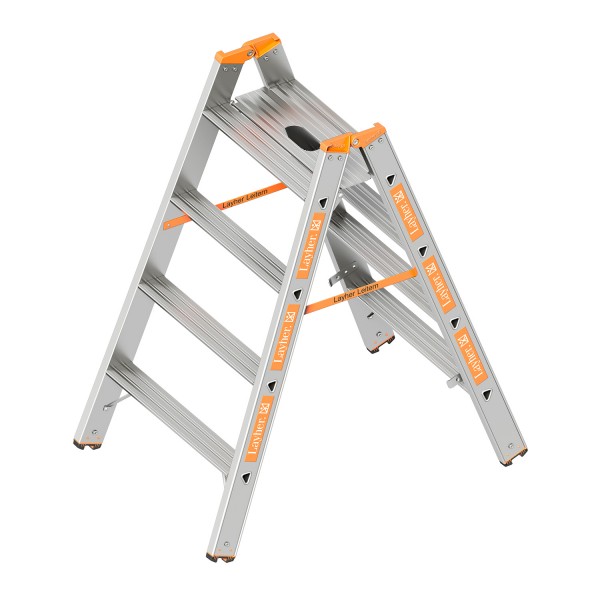
TOPIC 1043.3 Alu Schwerlasttritt 0,95 m, 2x 4 Stufen Stahlscharniere, Polyester Gurtbänder | Tritt | Aluminiumleitern | Leitern | clickandtools.de

Aluminium ladders - Ladders, podiums, bridges, platforms, scaffolding, and many other aluminium products

Hailo ProfiStep multi Grundelement Aluminium-Leitern-Gerüst 9476-001 4007126947512 ToolTeam T-103829

Aluminium ladders - Ladders, podiums, bridges, platforms, scaffolding, and many other aluminium products
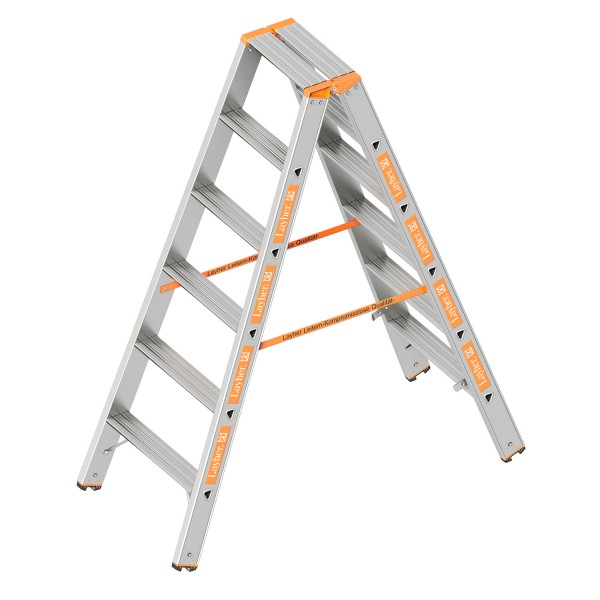
TOPIC 1043 Alu Layher Stehleiter zweiteilig, Kunststoffschuhen 2x 6 Stufen 1,45 m | Stehleitern | Aluminiumleitern | Leitern | clickandtools.de
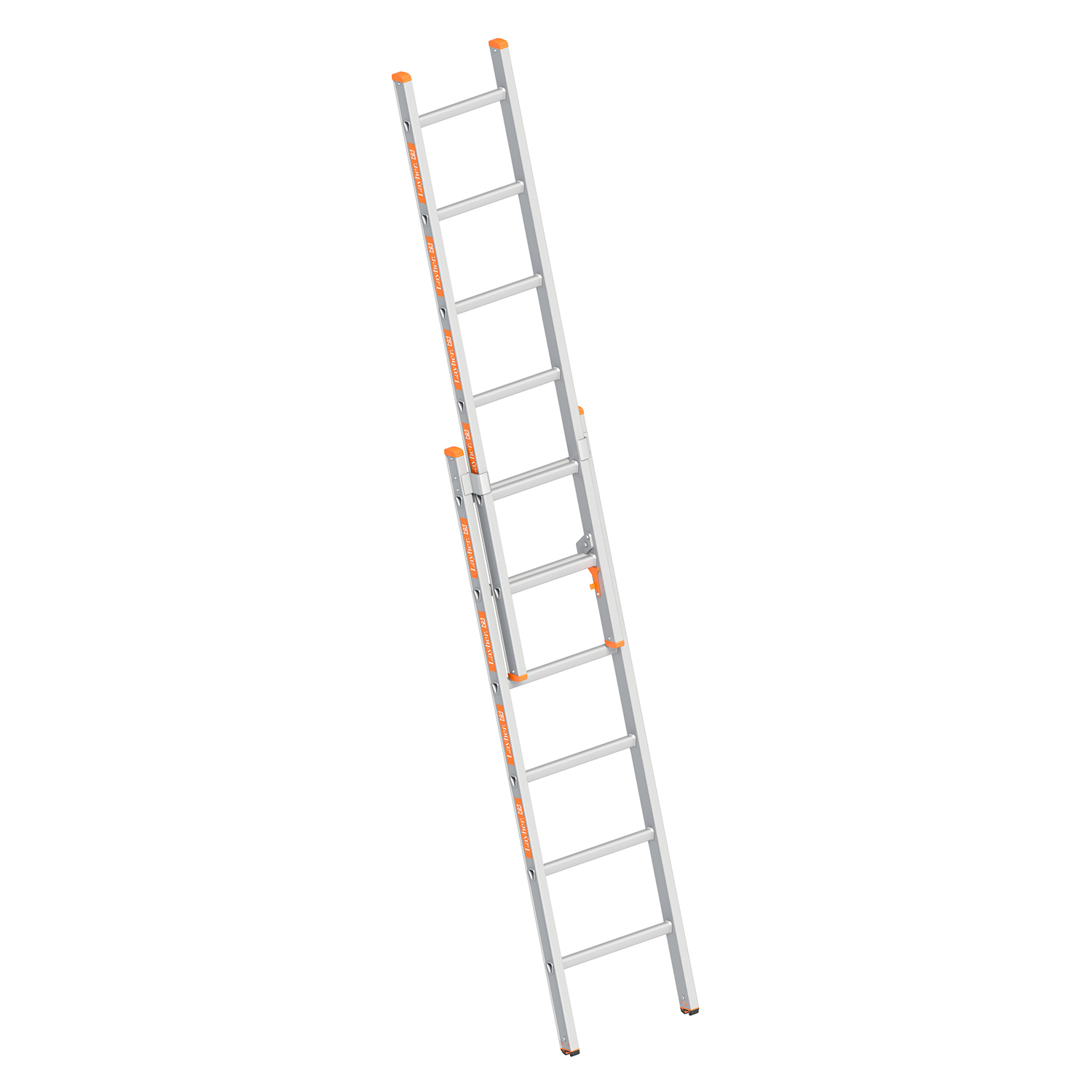
TOPIC 1035 Alu Layher Schiebeleiter 3,05 m, zweiteilig, 2x 6 Dreikant-Sprossen | Schiebeleitern | Aluminiumleitern | Leitern | clickandtools.de

Hailo VarioStep plus - Aluminium-Leitern-Gerüst in Bayern - Taufkirchen Vils | eBay Kleinanzeigen ist jetzt Kleinanzeigen
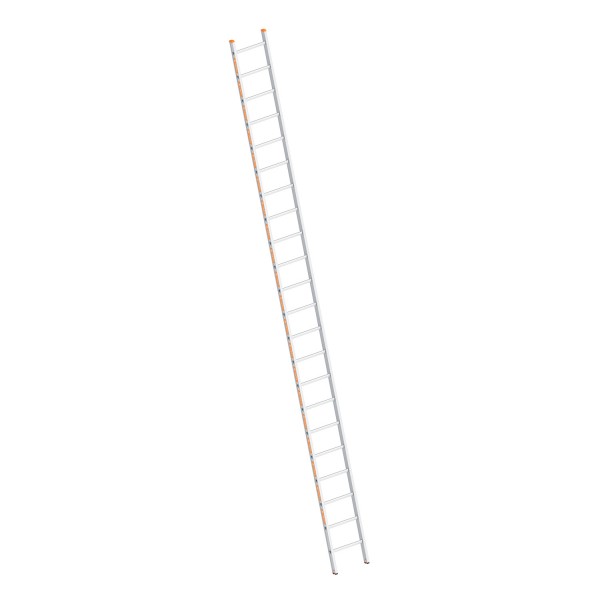
TOPIC 1054 Alu Layher Anlegeleiter 6,30 m, 22 Sprossen Rutschhemmende Kunststoffschuhe | Anlegeleitern | Aluminiumleitern | Leitern | clickandtools.de

FBITE Leitern, ausziehbare Dachbodenleitern mit Haken/Gummifüßen, Reinigung von Fensterleuchten, Überdachung, einziehbare Lange Mehrzweck- Aluminiumleitern, Belastung 150 kg/7 m/15,4 ft : Amazon.de: Sport & Freizeit

WS · SYSTEM 4x Leiterfüße aus Gummi in 60 x 25 mm – 2 Paar rutschfeste Ersatz-Traversenfußkappen für Aluminiumleitern – stabiles Antirutschgummi als Leiterzubehör zum Aufstecken : Amazon.de: Baumarkt
